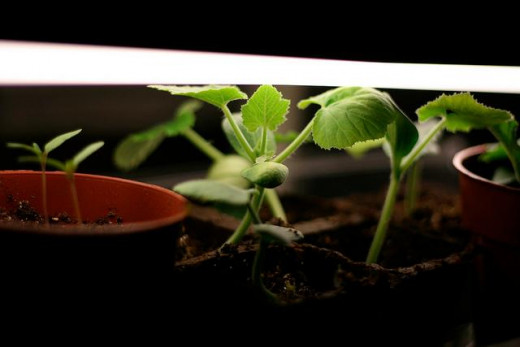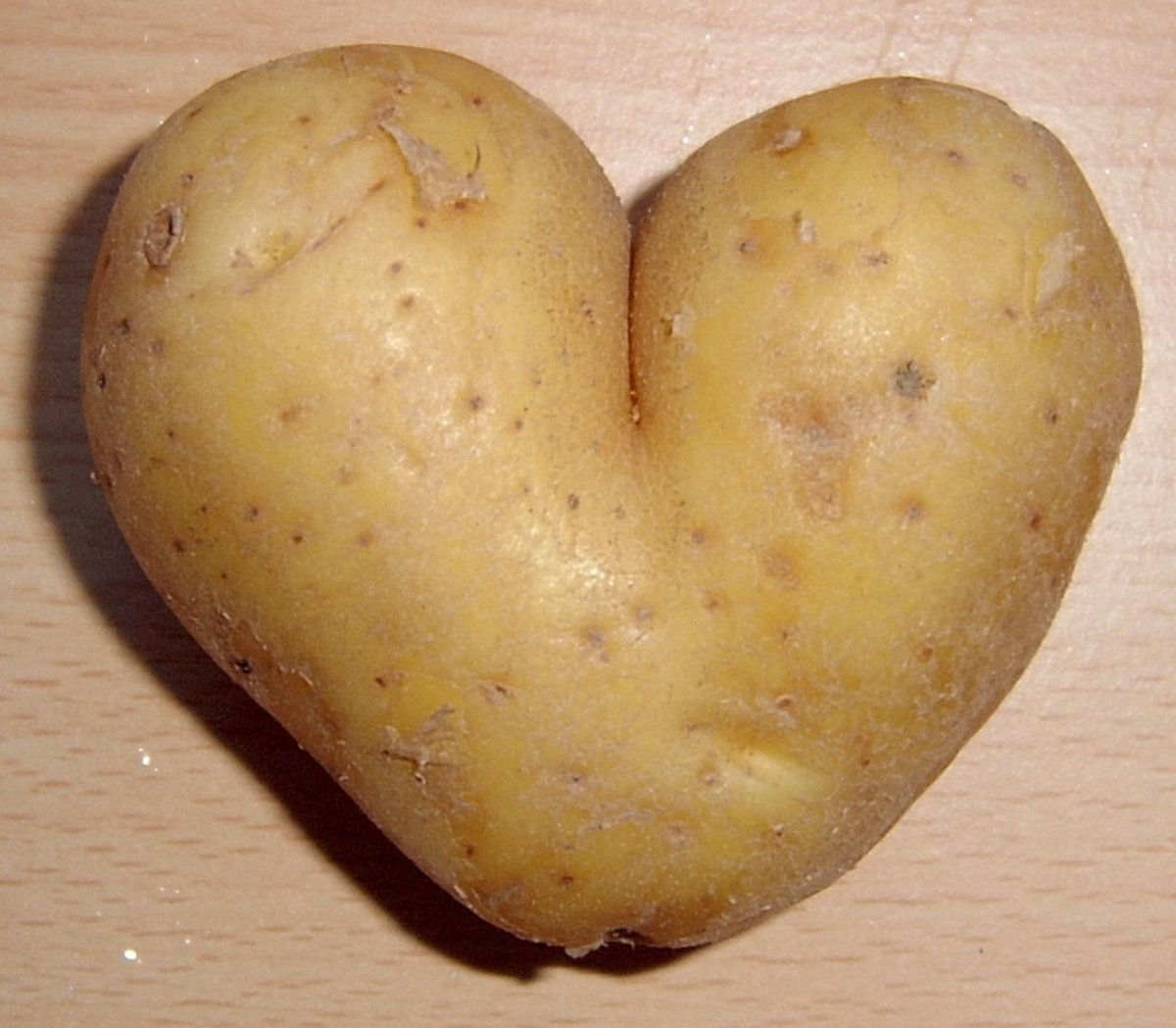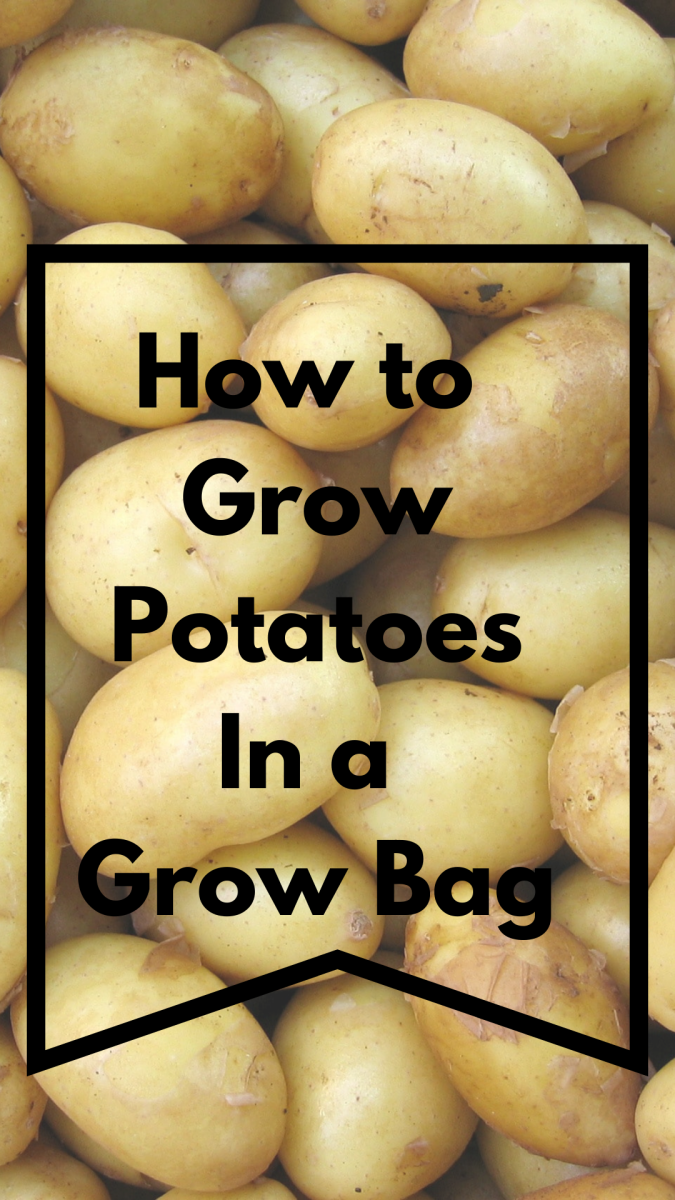How to Use Grow Lights to Grow Vegetables
Best Grow Lights for Vegetables
By learning how to use grow lights to grow vegetables from seed, you can really save a lot of money. Considering that a six pack of tomato or pepper seedlings can cost a few dollars, a seed packet worth half that much becomes a really good buy. If you're ready to start your own tomato seeds indoors, the first step is to get a grow light ready to go.
If you search for grow lights to use in seed starting you are bound to find no shortage of brands to try, and they will make a very compelling argument for purchasing a light specialized for seed starting. While they may do a wonderful job, my advice to you is to keep it inexpensive and get an simple fixture.
For starting vegetables from seed, a simple shop light with T8 fluorescent bulbs will do nicely. I have been using this setup for many years and I can assure you that I get beautiful seedlings time after time. Not only is the cost minimal, the bulbs are cheap and easy to find. No super-special grow light is needed. The real trick is placement of the bulb in relation to the seedling, but we'll get to that in a moment.
There is one thing that you should consider when making a purchase. Some light fixtures place the bulbs farther apart than others. If you plan to place a tray of plants under the lights you will likely have to put them sideways either way, but I have become a fan of lights that have an extra inch or two between the bulbs, since I can get more plants under the fixture at once.
Starting Seeds Under Grow Lights
The first step is to start your seeds. Whether you need to use the grow light to germinate the seeds depends on the seeds. Some seeds require light to germinate while others to not. This is not universally true, but generally seeds sown deeper don't require light on day one, while those barely covered with soil when germinated need to see some light to sprout.
Once you figure this out, start running your grow lights throughout the day. You can always just start running the lights once you plant seeds, since those that don't require light won't really care if they are on.
Keep Your Lights Close
Set the grow light within an inch of the top of the growing seedlings for best results.
How High Above Plants for Grow Lights
The key to using artificial lighting to grow plants from seed is to get the light close to the plants. The light emitted from a typical fluorescent bulb is much less intense than real sunshine, so you need to get it right on top of your plants. The best spacing from the top of a seedling to the light bulb is about one inch. As seedlings grow, keep raising the lights to stay close without sitting right on top of the foliage.
To make this work, you need to use chains to hang the shop lights above your seedlings. There are many ways to do this, and most shop lights will come with chains included. I built a very simple frame with shelves from 2x4 lumber and particle board, and used small hooks screwed into an overhanging board that the chain can be attached to. This makes shortening the length of the chain very fast and simple.
If you extend the lights too high, your seedlings will grow weaker and may reach to the light, resulting in a tall growth habit. For strong, stocky plants, keep that light right in their face. Don't worry about the plants touching the bulb once in a while. These lights are not hot enough to hurt them when in contact for a day or two.

How Long to Leave Grow Lights On
Because artificial lights like these are not as strong as the sun, it's important to offer enough of it. As a general rule, start with 12 hours of light per day. For popular vegetables like tomatoes or peppers, 14-16 hours per day is not too much. Make sure you turn the lights on and off at about the same time each day to simulate a true day and night.
To make this simple you are going to need an outlet timer. Get a simple timer for your light and set it to turn on in the early morning and turn off after enough hours have passed. This is a much better approach that trying to remember, and the timer will take care of things when you are away.
Let's Review Key Points
Key Point
| Tip
|
|---|---|
Grow Light
| Use a simple shop light
|
Light Bulb
| Use standard T8 bulbs
|
Light Position
| Keep the light about 1 inch from plants
|
Hours of Light
| Opt for 12 hours or more each day
|
When to Offer Light
| Use a timer to provide light during the day
|
Advantages of Using Grow Lights
If you have ever tried to grow seedlings near a window, you know the best reason to use an artificial light source. Plants grown near the window will always reach for the light source, and this results in crooked plants that must be rotated often. Also, because there is no way to tell the plants to stop reaching at dawn and dusk, they overreach and become leggy pretty quickly.
A grow light is always directly above the plant, and this make the plants grow perfectly straight. By placing the seed starting station away from a window, you also control when the lights are off. That means that when the timer shuts the lights off, the plants never reach for another light source, because you won't supply them with one.
Another advantage is realized since this light source is all that is needed. Now you can start seeds in an out-of-the-way place like the utility room, the basement, or - if you're climate permits - the garage. These are great places to start seeds that will not impose on your primary living space.
Start Your Own Vegetable From Seed This Year
Starting vegetables from seed really will save you money, though perhaps not in the first year. At first you will need a good grow light and some supplies like seed flats, but these are all reusable so the cost next year will go way down.
Starting seeds in late winter or early spring is a great way to do a little gardening well before you can get outdoors, and when you grow your own seedlings you can pick from any seed you find in a catalog or on an online seed store. You will no longer be restricted to growing what they sell at your local nursery.
Give it a try this year and try growing some vegetables from seed under grow lights. It's a great hobby.




